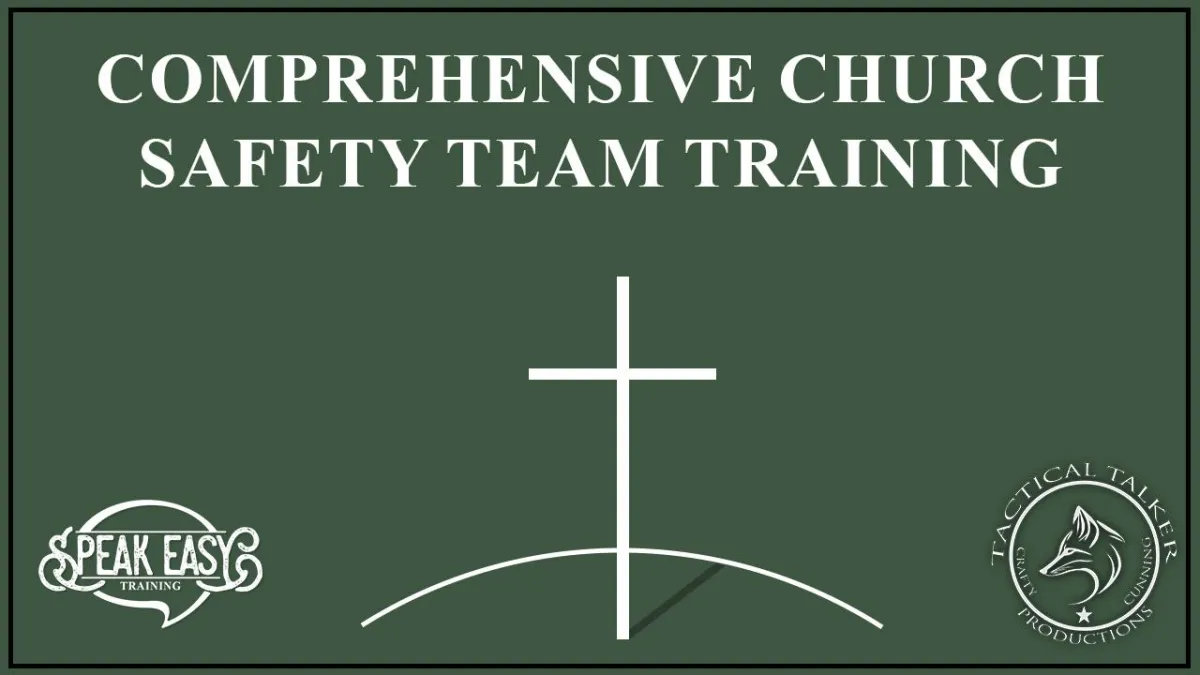
CCSTT Justification
Why Take the Comprehensive Church Safety Team Training Course?

Safety in general presents challenges. Just because you are in a church, this is no
different. Frankly, it is more complicated because you are not the police. You
lack gear, enough training, and real-world experience. Research shows churches are
increasingly targeted by both spontaneous and premeditated acts of violence.
According to the FBI’s Active Shooter Report, houses of worship account for
roughly 4% of all active shooter incidents in the U.S. [source: FBI, Active Shooter
Incidents in the United States]. In addition, the Department of Homeland Security
identifies faith-based venues as “soft targets” because they are open, welcoming
environments that are often less prepared for high-stress emergencies [source:
DHS, Protecting Houses of Worship].
This reality makes trained safety teams essential—not optional.
The Comprehensive Church Safety Team Training (CCSTT) equips ordinary
volunteers to handle extraordinary situations. Many churches rely on ushers,
greeters, or well-meaning volunteers to respond in crises. But volunteering doesn’t
automatically equal readiness. Without proper preparation, a response can
increase liability and cause greater harm. As Insurance Journal notes, inadequate
training of church volunteers is one of the leading factors driving legal and financial
exposure for ministries [source: Insurance Journal, Church Risk Management
Trends].
This course addresses the full spectrum of what a modern church safety team
must know:
Liability Awareness & Risk Management: Understanding organizational
responsibility reduces legal exposure.
De-escalation Skills: Studies confirm that verbal de-escalation is one of the
most effective methods of preventing violence before it escalates [source:
Crisis Prevention Institute].
Team Selection & Roles: The wrong person in the wrong role can jeopardize
safety. Structured selection ensures the right temperament and skill set.
Tactical Readiness: From recognizing pre-assault indicators to implementing scenario-based
training, safety teams learn proven methods that align with best practices in security and law
enforcement.
Documentation & After-Action Reporting: These aren’t just bureaucratic steps—they are vital for
learning, accountability, and protection in the aftermath of an incident.
Ultimately, church safety is a ministry. The calling is not only to guard the flock physically but
to do so with wisdom, compassion, and restraint. This course bridges ministry with security,
preparing safety teams to protect their congregations while upholding the mission of the church.
Delivered online at your own pace or in-person for organizations, the CCSTT
ensures that your team is not just present—but prepared.
